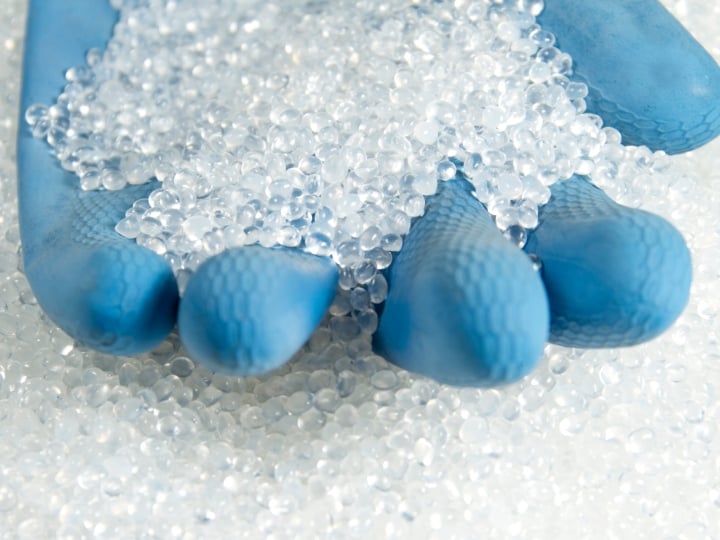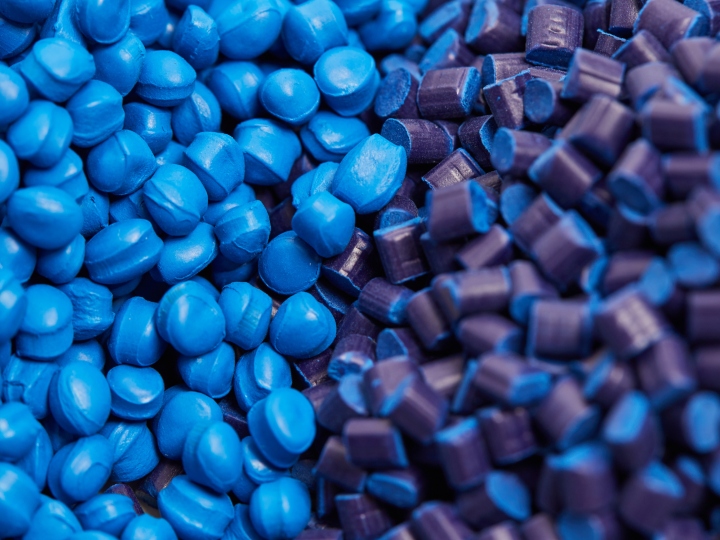Using the Sandwich Beam ASTM D5467 test provides material engineers with compressive performance of membrane skins of polymer matrix composites.
Intertek tests the compressive properties of unidirectional polymer matrix composite materials using the Sandwich Beam ASTM D5467 test.
Compressive properties ASTM D5467 scope:
The test method ASTM D5467 evaluates the compressive performance of the membrane skin material of a sandwich beam of polymer matrix composites. The test applies a compressive load to the upper skin using a four point flexural loading system. The skin material is limited to unidirectional continuous fiber composites. The core material is aluminum honeycomb and the opposite skin is either aluminum sheet or the same as the test material. The function of the core and the opposite skin is to induce the appropriate compressive loading in the test skin. Determination of strain and modulus, if desired, requires the use of strain gauges bonded to the face of the test skin.
To avoid local crushing of the sandwich specimen, the loads from the supports and the noses should be applied through large diameter cylinders (up to 1.5 times the sandwich thickness). Loading pads may also be necessary between the cylinders and the beam.
Test procedure: The components of the sandwich beam are bonded, either individual samples or a larger panel to be machined to size. If strain or modulus measurements are needed, mount a strain gauge in the center of the test skin per the manufacturer recommendations. Center the test specimen in the four point bending fixture, and test the specimen to failure. The test speed should produce failure in 1 to 10 minutes – a suggested standard speed is 1.5 mm/min (0.05 in/min). A three part failure identification code is used to document the mode and location of failure for each specimen.
pecimen size: Specimen dimensions are chosen to insure that the proper compressive loading is applied to the upper skin material – however, differences in test geometry can have significant effects on the test results. ASTM D5467 provides two recommended specimen geometries depending upon the orientation of the continuous fiber reinforcement:
| Fiber Orientation | 0° | 90° |
| Specimen Width | 25mm | 25mm |
| Specimen Length | 550mm | 205mm |
| Core Material Thickness | 40mm | 13mm |
| Thickness of Test Skin | 0.8mm | 1.2mm |
| Thickness of the Opposite Skin | 1.6mm | 1.6mm |
Composite materials testing:
Polymers and Plastics

Polymers News and Events
LEARN how CircularAssure helps you to close the loop in the circular economy for plastics
Technical Talk: Circularity - Addressing Challenges in Material Development through Evaluation Programs
BROCHURE: Injection Moulding Test Specimen Production Catalogue
ARTICLE: Processability and evaluation programmes for recycled plastic materials
ARTICLE: Adhesives Quality Assurance Testing Programs
ARTICLE: Enabling Polymer Non-Wovens Development
CASE STUDY: Polymer Surface Contamination Resolution
CASE STUDY: Elastomer Seal Material Failure
CASE STUDY: Polymer Failure - Distribution and Dispersion of Fillers

